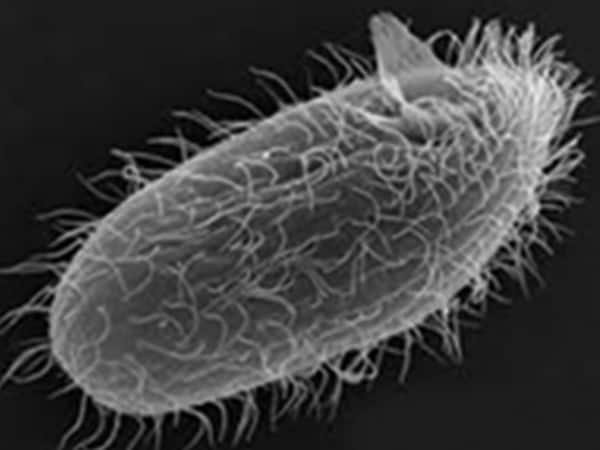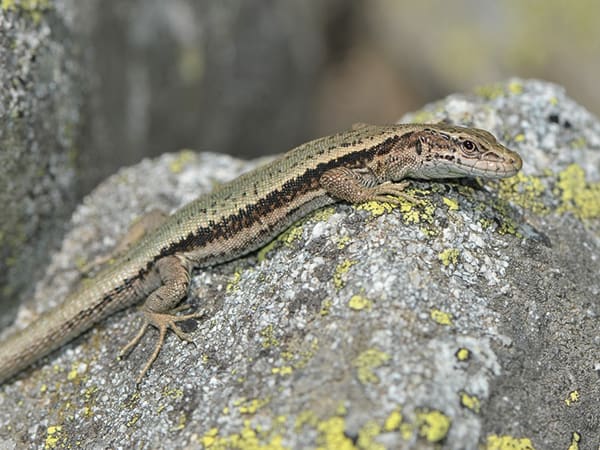EN - CHANGE - Projects
-
2019-02-15
-
Digitanie - Dev
-
Last modifiedFriday, 25 October 2024
-
Revised byDigitanie - Vincent
CHANGE
Research Themes
- genomes and phenomes
- ECO-EVOLUTIONARY PROCESSES
- Molecular bases of adaptation
- INTRASPECIFIC VARIABILITY
Fitness impacts of genomes and phenomes
Phenotypic traits and genes are the nexus of eco-evolutionary studies. However, it is well known that different selective strengths and directions can simultaneously operate on genes and traits within a population, challenging our ability to correctly interpret evolutionary patterns.
On the one hand, we describe phenotypic traits structure in various taxa, and their potential organization in syndromes, i.e., suites of correlated traits. We relate the described phenotypic strategies to potential fitness benefits or costs. The comparison of closely related species helps us tackle these questions at both the intra- and interspecific levels. Our team specifically studies pollination syndromes in orchids, predatory syndromes in snakes, and dispersal syndromes in lizards and protists. We also study a series of complex traits across all our model species like sociality, cooperation, communication, movement, cognitive ability, senescence, habitat preference and cell organization.
On the other hand, we study the impact of genome structure on phenotypic trait correlations and fitness. Two model systems are being investigated in particular: transposable elements in orchids, and the singular structure of the ciliate macronucleus (e.g. high and variable chromosome copy number). Our long-term objective is to establish multidimensional maps of genomes and phenomes, shedding light on correlations and independencies between a significant number of their dimensions.

Interactions between eco-evolutionary processes in changing environments

Biodiversity response to environmental changes is a timely scientific and societal issue due to global change. However, we are far from accurately predicting the impact of environmental changes on organisms’ persistence because we still lack a comprehensive view of the interactions between the processes at work.
CHANGE assesses how selection on pre-existing or new variation, plasticity and/or dispersal allow organisms to track environmental changes in the short (within a generation and across a few generations) and long term (tens to thousands of generations).
We measure the fitness of organisms in a set of contrasted natural or experimental conditions. In particular, we focus on responses to environmental gradients in long-term field surveys in the Pyrenees and the Cevennes to study, e.g., natural variation in altitude, hypoxia, temperature and land use. We also study habitat fragmentation, climate change, pollution and their interactions by running experiments in nature and in SETE experimental facilities (terrestrial metatron, microcosms).
Molecular bases of adaptation
The ability of organisms to express phenotypes matching changing environments is directly linked to the molecular mechanisms involved.
Genetic, but also non-genetic, modifications can lead to the phenotypic changes that allow organisms to track environmental changes. Linking evolution of complex phenotypes to their molecular bases thus provides key information on the response time and stability of organismal adaptation.
We use whole-genome, transcriptome, and epigenome approaches to relate phenotypic modifications, either fixed or plastic, to their underlying molecular mechanisms. Epigenetic modifications or changes in ploidy (in the macronucleus of ciliates) could particularly allow sub-optimal genotypes to rapidly reach a fitness optimum through plastic changes until genetic assimilation.
We focus on the molecular determinants of traits highly influencing fitness like e.g., cognition in birds or ciliary organization in ciliates.
We use experimental evolution to study the dynamics of genetic and non-genetic modifications. We will especially search for the existence of (epi)genetic constrains that are responsible for phenotypic syndrome evolution in snakes, orchids and ciliates.

Role of intraspecific variability on the dynamics and functioning of populations, communities and ecosystems

The functioning and dynamics of biological systems can be very different depending on phenome and genome assemblages. In addition, some strategies such as rapid growth, species interactions and genomic insertions can ensure short-term success, but long-term vulnerability depending on the global dynamics of populations, communities or ecosystems.
We study the impact of intra- and interspecific variability on the dynamics of biological systems through ecological and evolutionary times.
We relate demography, ecosystem productivity, and species diversification to phenome and/or genome variability.
We especially develop concerted experiments across taxa, labs and countries to gain in the generality of the responses obtained.

